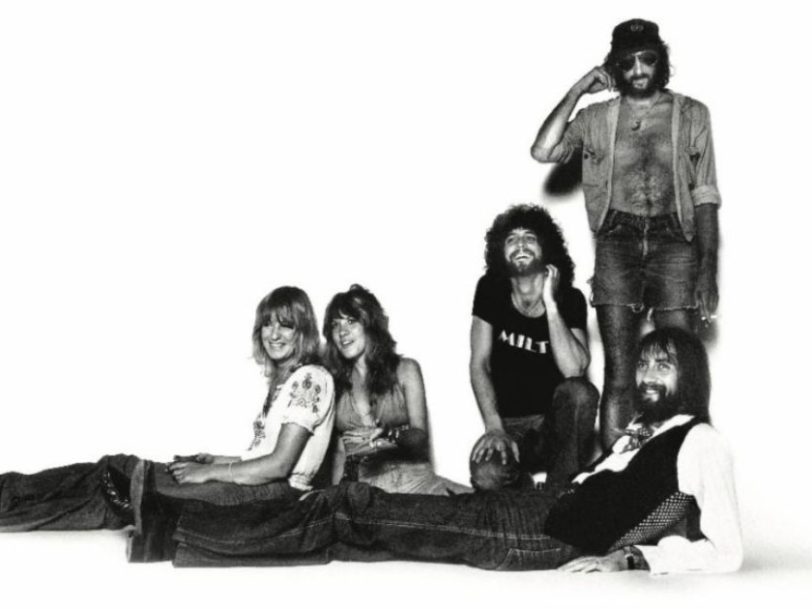When Fleetwood Mac embarked upon the Rumours Tour in February 1977, they were rock stars. By the time they wrapped up the tour in August 1978, they were a phenomenon.
In the intervening months, their 11th studio album, Rumours, had exceeded all expectations, selling over ten million copies worldwide in its first 13 months of release, and staying at the top of the US Billboard 200 for 31 non-consecutive weeks. In February 1978, the band and co-producers Ken Caillat and Richard Dashut won the Grammy for Album Of The Year.
The album’s success far eclipsed anything that any of the group had previously experienced, and had the effect of multiplying the troubles that had been brewing internally for the previous few years. Relationships that were already strained became dysfunctional, and yet the show went on – even the behind-the-scenes drama couldn’t derail the juggernaut that Fleetwood Mac had become. In fact, if anything, the soap-opera-like happenings only heightened the intensity of the live shows Fleetwood Mac performed on their Rumours Tour.
Here’s the story of how the Rumours Tour enabled the band to perform an emotion-filled catharsis on stage every night.
Listen to Fleetwood Mac’s ‘Rumours Live’ album here.
The performances: “I could have never planned any of this”
Drummer Mick Fleetwood took a philosophical approach to the hedonistic madness that surrounded the group on tour, as he told Rolling Stone in 1977: “I could have never planned any of this. I don’t even believe in making plans. They only create an atmosphere of disappointment. So it’s not a day-to-day situation with us, but there’s always full potential of either great things happening or totally disastrous things happening… Fleetwood Mac, from point one, has been like that. We’ll always be able to move without breaking a leg.”
By the time the second North American leg of the Rumours Tour began, in May 1977, audiences were guaranteed fireworks. The version of Go Your Own Way, Lindsey Buckingham’s kiss-off to Stevie Nicks, performed at the Fabulous Forum, Inglewood, California, on 29 August 1977, and released on the Rumours Live album, is a case in point. The studio sheen of the Rumours original is replaced by a gutsy and volatile-sounding take of the song, with Buckingham’s ragged vocals complemented by the kind of wild, distortion-drenched guitar solo more commonly associated with Neil Young And Crazy Horse.




